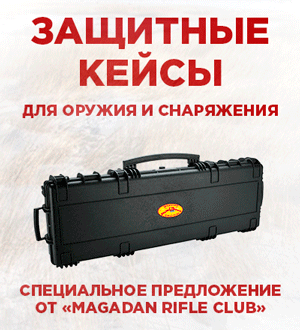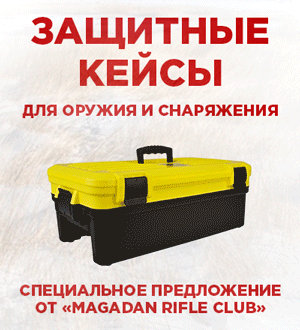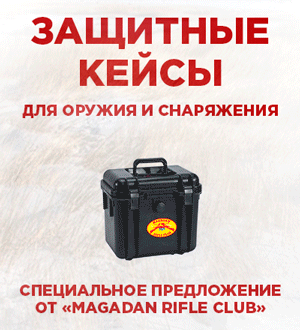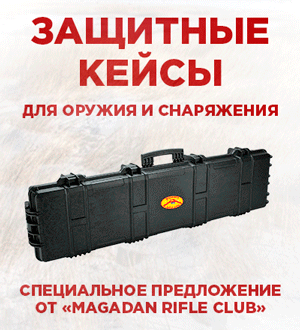Posted on June 13, 2019
Hand warmer for hunting
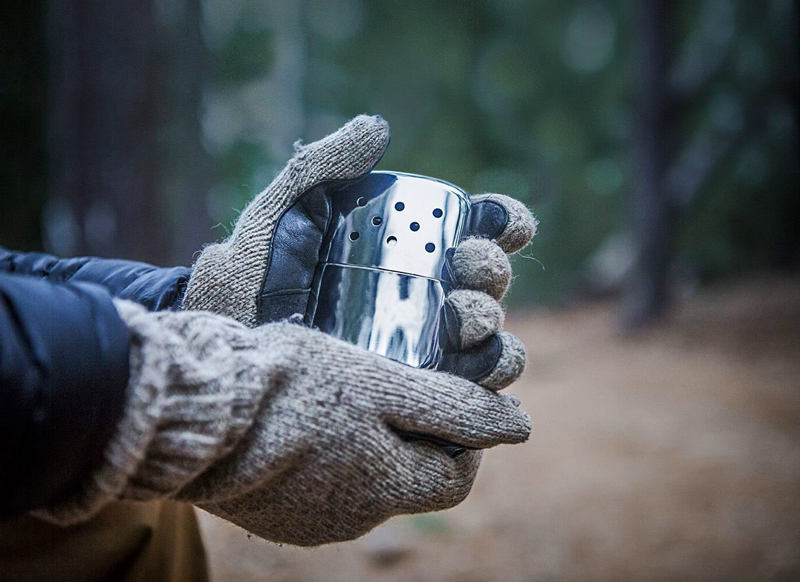
In the cold on the hunt without a heating pad – this is a great challenge. Therefore, experienced hunters always take with them something warming with them. Not only for internal use, but also for external use, as from the inside you can not warm the extremities in the bitter cold, and it is extremely easy to freeze them.
When hunting or fishing in the bitter cold, the weakest point is almost all of them have legs. In second place is the chest. When the legs begin to freeze, you feel that you are completely freezing. Even hands can be quickly warmed with simple exercises, but legs, especially the feet without removing shoes, are not. Therefore, while the feet are warm, the general condition of the hunter is comfortable.
Practicing hunters are well aware that even after a couple of hours of active movement, when the feet are shod in boots or insulated boots (in any weather), they are not dry. They are always wet, at least a little.
And this moisture is transmitted to footwear, which is quite difficult to warm in the cold or at high humidity without taking out the legs.
Almost impossible: it is impossible to warm wet shoes, let alone dry boots, even at a slight negative temperature of -10 ° C outside.
Therefore, about any drying of shoes in the winter overnight can be no question. If you spend the night in a tent (in a sleeping bag), take off your shoes to dry it, so that it does not freeze, experienced colleagues put it instead of a pillow under your head.
In addition to the legs (feet and calves), one of the useful places for applying a heating pad is the area of the solar plexus, on the chest or in the back area. To do this, a heating pad (in a case) is conveniently tied up with a cord worn around the neck.
If your legs or chest are frozen, it is not easy to warm up with one catalytic heating pad, it is better that there are three of them (two in boots and one in hands).
How is the hand warmer
A catalytic heater is generally known to many hunters – it is a device for individual, local heating without the aid of an open flame, heat is generated by a chemical reaction with the oxidation of high-purity gasoline vapors.
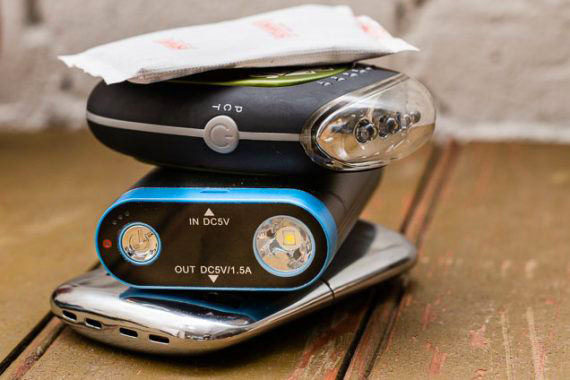
Oxidation products leave the device through the vents of the cover. The device of the catalytic heater is relatively simple, since its body consists of thin stainless steel without additional and complex parts. Inside the case there is a reservoir, and a catalyst is attached to the neck.
In the latter is fiberglass, which is impregnated with gasoline. The neck is closed by a tight lid, but there are holes in it through which air enters the catalyst.
Depending on the model, the catalyst may have a different shape and composition, for example, a titanium alloy deposited on fiberglass.
Some people call this fiber cotton, which is not quite true. In modern catalytic heaters, there is often a catalyst that looks like a wick — this is the most important part of the heater. According to the instructions, we kindle the catalyst for 20-30 seconds, this is a “long” hunting match.
Touching a match with a catalyst is undesirable. The manual says: “before starting work (starting the heater in heat release mode), it is necessary to warm up the body for 10-15 seconds using open fire, which does not give soot.”
The heating pad is turned off by forcibly removing the cover or, as an option, removing the metal casing, completely isolated from the air. The heating pad stops giving off heat inertia.
The body of the catalytic heater is made of stainless steel, the composition of the heater: cover, nozzle with catalyst, and tank. In the tank, laid in layers, not quite the usual “cotton”, and asbestos tow.
The principle of operation of the hand warmer
Experienced hunters claim that the Soviet hand warmer bottles of type GK-1 did not use glass fiber with a coating, but a platinized metal mesh. But how not sorry for this thing was to spend platinum?
There is a sense in a modern low-cost solution using fiberglass: a large reaction surface is used for a chemical reaction than in a dust-coated grid in the old GK-1.
However, GK-1 has many positive traits, which we will discuss below.
To start the process you need to do a little preparatory work. To warm, at least in the hands, the body of the heater to + 30-35 degrees. The next step is to warm up the catalyst, and immediately after that wrap (or hide in the bosom) the catalytic heater.
Directly in the cold it is difficult to do. The temperature of the catalyst will drop and the process will stall.
To start and maintain the process around the catalyst, a very small amount of air (oxygen) is needed, therefore the normal operating position of the heater is in a breathing bag and in the bosom, in a clothing pocket or in a sleeping bag.
For efficient operation (the maximum heating in frequent practice with measurement by a professional DVT thermometer is fixed to 70 ° C), an insignificant amount is enough – up to 5% of the oxygen content in the air next to the catalyst.
After the catalyst has warmed up, the heat transfer from the heating pad quickly gains strength in a few minutes.
So, gasoline vapors undergo oxidation with oxygen on the surface of an already heated catalyst, burn without a flame. At the same time through them to the surface of the catalyst enters the air containing oxygen.
One full refill (48 ml – filled through a measuring funnel) lasts for 5-7 hours of effective work with a temperature of 60-70 ° C. Then the temperature drops. In effective mode, the consumption of purified gasoline is approximately 6 ml per 1 hour of operation.
After this time, the consumption of gasoline is further reduced, in proportion to the heat output of the device. The calorific value of gasoline is 44 mJ per 1 liter, with a density of 0.71. From this it follows that the flow rate with the subsequent hours of work with a lower thermal effect will be approximately 1 ml per hour.
Or otherwise – the power of the heater can correspond to values in the range of 12-25 watts. So, the principle of operation is clear: gasoline vapors undergo oxidation by oxygen on the surface of an already heated catalyst, burn without a flame.
At the same time through them to the surface of the catalyst enters the air containing oxygen. Even on the basis of these calculated figures, and the practice always makes adjustments to the calculation, it becomes clear that we only have a local tool with a small thermal effect, which is more inappropriate for more serious things, such as heating an oil pan or even drying wet shoes.
If the operation of the heating pad is over, you do not need to heat anything – just cool the heating pad, or remove the catalyst for a couple of minutes to cool down and stop the chemical reaction. At the same time, the remainder of the gasoline remains unused.
But hope for the rest is not worth it, since it has a tendency to evaporation. If the heater has lain for a few days with such a residue, it will have to be refilled again. That is why it is not recommended to fill the catalytic heating pad in advance, and have 100-200 ml. refined gasoline with you – “in reserve”.
Features of the hand warmer
The disadvantages of catalytic heaters of any model include a slow start, including the possibility of accidentally singing the hand if gasoline does not evaporate when filling the heater, and the inconvenience of operating in closed rooms, since some time after the start of operation there is a characteristic odor of oxidation products.
Some models of Chinese hand warmers, in practice, work unstable – they can fry under + 50 °, or be barely warm. Such results depend on several factors: the quality of gasoline, the duration of preheating, air access in the mode of heat release, wear or contamination of the catalyst, etc.
Among heaters that are sold in Russia at a relatively small price, thin titanium coating is used as a catalyst coating, while the heater gives the best result in terms of reliability, durability and, most importantly, heat transfer, which did not save on the catalyst, and made it from titanium alloy.
We very much hope that this article will help you with the choice of high-quality equipment that will save you precious heat even in the most bitter cold. Have a good hunting!
Источник: www.ohotniki.ru



